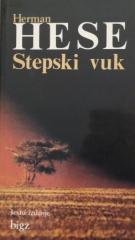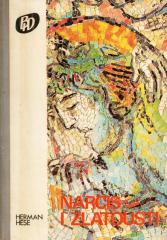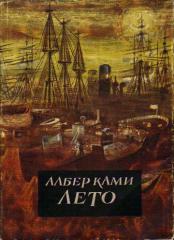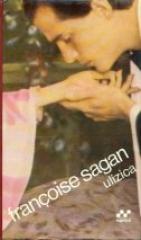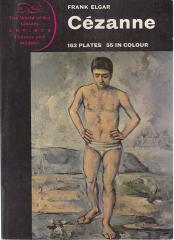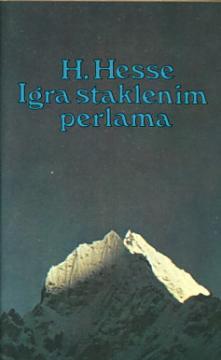
Igra staklenim perlama
A philosophical novel set in a fictional future, in the province of Kastalia, where the intellectual elite cultivate a spiritual discipline known as the Glass Bead Game. The novel follows the life of Joseph Knecht, who goes from student to Magister Ludi,
Knecht's journey reflects the inner struggle between spiritual life and worldly responsibilities. Castalia, isolated from the world, preserves knowledge, but is separated from reality. Knecht begins to doubt the purpose of the Game, realizing its lack of influence on the world outside of Castalia. He eventually leaves his position, wanting to apply his knowledge in the real world as a teacher to a young student. The novel ends tragically but symbolically, leaving the question of the balance between spirit and everyday life.
Hese explores themes of intellectual discipline, spirituality, individualism, and the conflict between idealism and practicality. The novel criticizes the separation of the elite from society and questions the purpose of knowledge without action. Throughout Knecht's life, Hesse raises questions about the meaning of art and culture in times of crisis. The work is deeply meditative, rich in symbolism and philosophical depth, which makes it a masterpiece of world literature.
One copy is available
